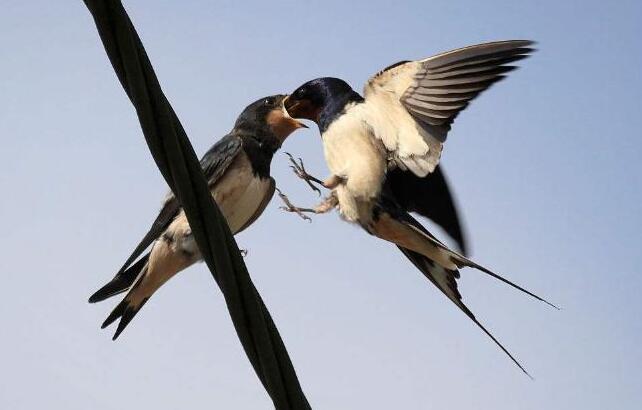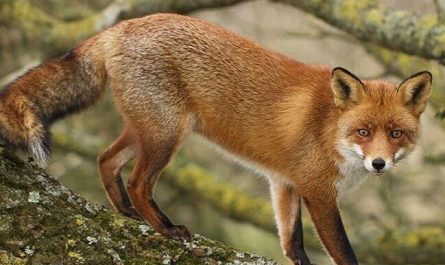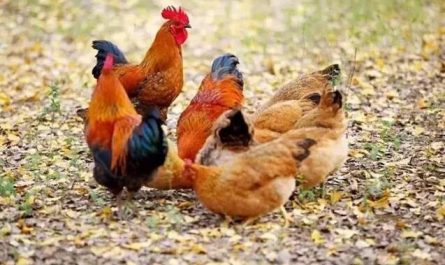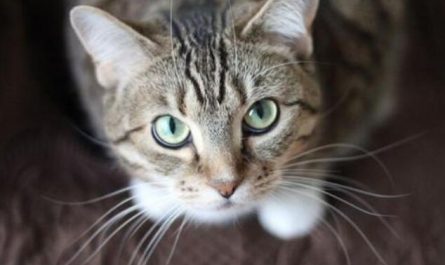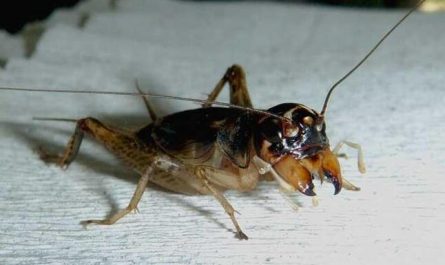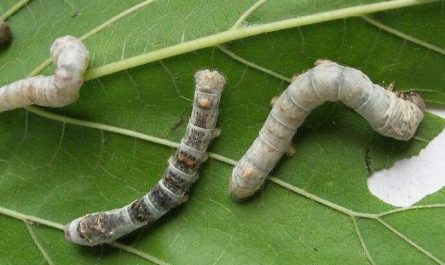Why swallows are beneficial birds
Swallows spend a lot of time catching pests in the air. They are one of the most flexible passerines. They mainly feed on insects such as mosquitoes and flies. They are well-known beneficial birds. Swallows are beneficial birds for humans. They mainly feed on insects such as mosquitoes and flies. They can eat 250,000 pests in a few months, so we should protect them.
The young birds come out of their shells and the parents feed together. The chicks fly out in about 20 days, and then feed for 5-6 days before they can feed themselves. The food is insects.
Swallows are a genus of passerine swallow family. This genus is a small bird with a body length of 13 to 18 cm. The wing has a long tip and a fork-shaped tail. The back feathers are mostly grayish-blue-black, so in ancient times, it was called the black bird. The wings are long and easy to fly, the mouth is short and weak, and the mouth is wide, which is the mouth shape of a typical insectivorous bird. The feet are short and the claws are strong.
The living habits of swallows
Living habits Swallows are most willing to approach humans, and humans love this beneficial bird the most. It usually reproduces from the island to the farmhouse close to the farmland (insect) from April to July. Barn swallows are nesting under the eaves of the farmhouse. The nests are mostly made by sticking mud and grass stems with saliva, covered with soft weeds, feathers, rags, etc., and some Artemisia leaves. The nest is dish-shaped. Two litters are reproduced each year, mostly from May to early June and mid-June to early July. Each litter lays 4-6 eggs. The second litter is less, 2 to 5 pieces. Egg milky white. The male and female hatch their eggs together. 14-15 days after the young birds come out of their shells, the parents will feed them together. The chicks fly out in about 20 days, and then feed for 5-6 days before they can feed themselves. The food is insects. The golden waist swallow is shaped like a house swallow, but slightly larger. This kind of swallow has chestnut yellow on the waist, which is very eye-catching, and the lower body has small black stripes, which is easy to distinguish from the house swallow. The habits are also similar to the house swallows, but most of them live in mountain villages. The swallow is a typical migrating bird. After the breeding, the young birds still follow the adult birds and gradually gather in large flocks, migrating south and overwintering before the arrival of the first cold wave.
Swallows are beneficial birds for humans. They mainly feed on mosquitoes, flies and other insects. A swallow can prey on more than 500,000 various pests in a summer, which protects crops. Swallows are the famous summer migratory birds in our country. They migrate to the north in early spring every year and spread across the country in summer. After breeding, they migrate south in groups and live in India, the Southeast Asian Islands and Australia for winter. [1] Swallows feed on insects, and they have always been accustomed to hunting flying insects in the air. They are not good at searching for insect food in tree crevices and ground crevices, nor can they omnivorous berries and seeds like oak grouse and ptarmigan And instead of eating leaves in winter (some coniferous trees do not shed their leaves even in winter), they cannot dig out the larvae, pupae and eggs of lurking insects like woodpeckers and wood sparrows. There are no flying insects for swallows in winter in the north, so they migrate.
